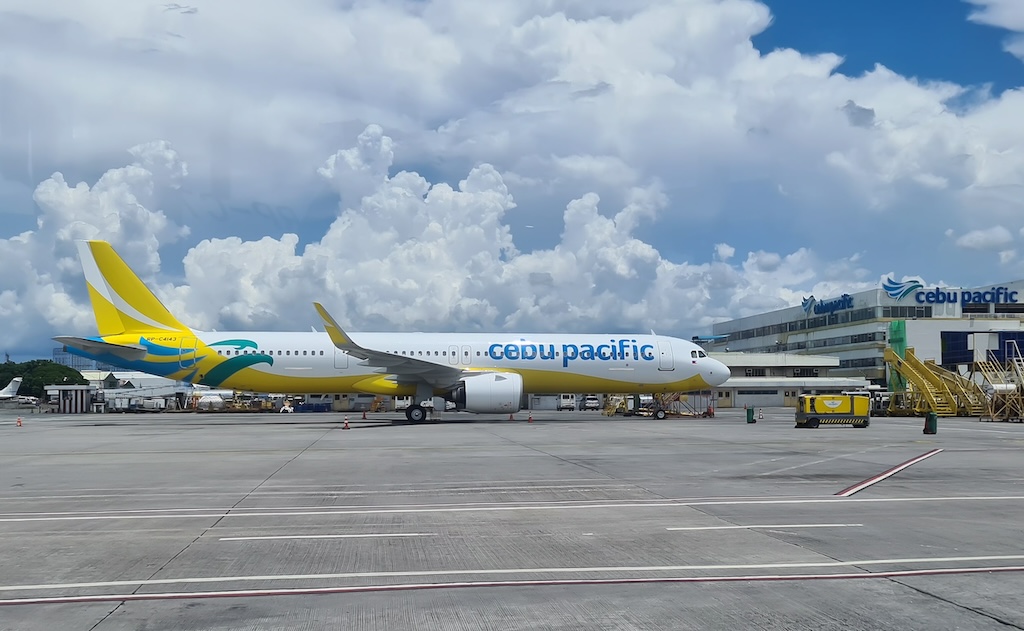Cebu Pacific (CEB), the leading carrier in the Philippines, has welcomed its seventh aircraft delivery for the year, reinforcing its operational capabilities amidst a growing demand for air travel. The latest addition, an efficient Airbus A321neo (with tail number RP-C4143), touched down at the Ninoy Aquino International Airport (NAIA) in Manila on 30 June 2024, having flown in from Airbus’ Hamburg facility in Germany.
“This aircraft delivery reaffirms our commitment to providing safe, affordable, and accessible flights for every Juan. We look forward to carrying more passengers to their chosen destinations as we continue to expand not only our network, but also our fleet,” according to Xander Lao, CEB President and Chief Commercial Officer.

Cebu Pacific’s fleet, among the youngest globally, boasts a diverse mix of commercial aircraft, including 08 Airbus A330s, 37 Airbus A320s, 22 Airbus A321s, and 15 ATR turboprop aircraft. This varied fleet allows the airline to cover an extensive network within the Philippines.
The Airbus NEOs, being the latest in aircraft technology, offer significant advantages in fuel efficiency, burning 15 percent less fuel per flight compared to older models. This reduction in fuel consumption translates into lower carbon emissions, aligning with the global push towards more environmentally sustainable aviation practices.
Further cementing its growth plans, Cebu Pacific announced on 02 July 2024 that it has signed a binding Memorandum of Understanding (MOU) with Airbus for the purchase of up to 152 A321neo aircraft, a deal valued at US$24 billion (PHP1.4 trillion) based on list prices. This agreement marks the largest aircraft order in Philippine aviation history. The final purchase agreement is anticipated to be completed by the third quarter of this year.
At present, Cebu Pacific operates flights to 35 domestic and 25 international destinations, spanning Asia, Australia, and the Middle East. The expansion of its fleet with the addition of the Airbus A321neo is expected to enhance its capacity and efficiency, enabling the airline to meet the increasing travel demands of its passengers while maintaining its commitment to safety, affordability, and accessibility.
